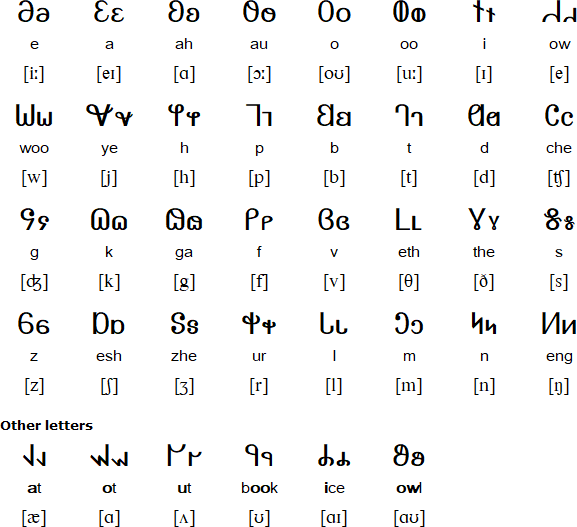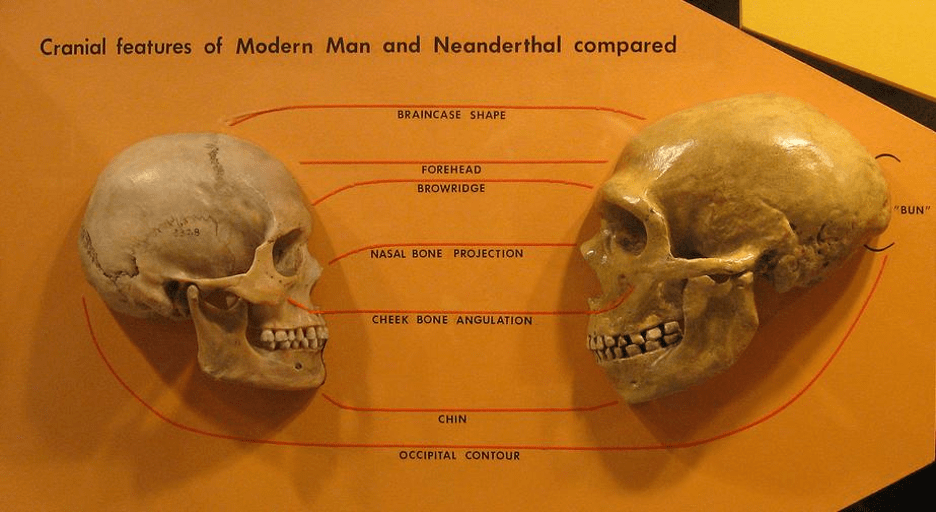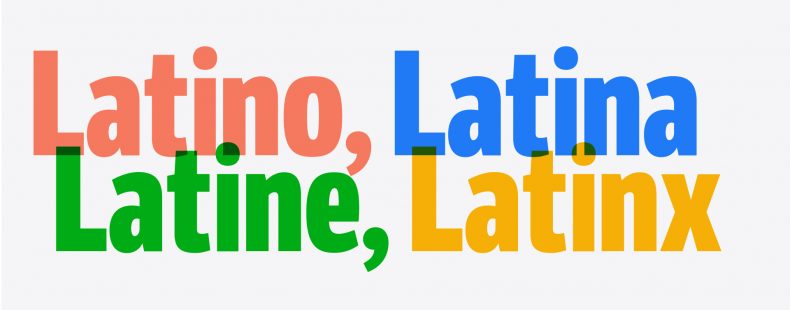Singing to Children



In India, social class and particularly the caste system have had a profound impact on how people talk. Sanskrit was the language of the Brahmins, the highest caste, representing purity and religious authority. Consequently, to retain privilege, access to Sanskrit education was restricted. Lower castes instead spoke vernacular languages and dialects that were viewed as less prestigious. When the British colonised India, English became a new elite language, as it has remained to the present. In India, a good knowledge of English is required for upward social mobility, and families that are ambitious for their children often prioritise access to English-language education to help them have bright futures.
Photo Source: https://www.ikan.com/indian-people-friendly-and-acceptable-of-foreigners

The Mormon faith has a special place in the history of the United States, and a significant missionary presence around the world. But did you know about the Mormon alphabet? Between 1847 and 1854, George D Watt, under the leadership of Brigham Young – the second president of the Church of Latter-day Saints – developed a new script, known as the Deseret alphabet, in response to the religiously-informed view that all aspects of life needed reform. The alphabet was intended to be a more phonetically accurate replacement for the Latin alphabet in English, and a stepping stone towards returning to the ‘pure language’ the Mormons believed to have been spoken prior to the construction of the Tower of Babel. Despite considerable effort and expense, the Deseret alphabet was never widely adopted, although in recent years its character set has been encoded in the Unicode standard.
Photo Source: https://www.omniglot.com/writing/deseret.htm

In arid climates, oases are vital sources of water, and major hubs of biodiversity. All sorts of bird, animal and plant life find water and nourishment there, and many oases are home to unique ecosystems and localised species. But did you know that they are very important hubs of cultural and linguistic diversity too? Languages, dialects and unique cultural traditions tend to cluster around the oases where human beings also make their homes. In Algeria, for example, oases harbour at least 552 plant and 98 mammal species, and are also home to twelve distinctive ethnic populations, each of which has its own language.
Photo Source:

Until 1956, when American Andrew Foster introduced American Sign Language (ASL) to Africa, the only deaf schools in Africa were in Egypt and South Africa. Foster worked for three decades, until his death in 1986, to promulgate the use of sign language across the continent. Local variations emerged, including Ghanaian Sign Language and Nigerian Sign Language, both dialects of ASL. This still-developing field is sure to throw up many more fascinating dialectal differences, as the education of the deaf continues to improve in Africa.
Photo Source:
https://www.zikoko.com/life/sign-language-is-important-and-heres-why-you-should-learn-it/

Recent work on DNA has revealed that early humans and Neanderthals not only met but had children together, begging the question as to whether they even recognised one another as separate species. Despite being very similar, there were significant differences in their facial and skeletal structures that would have made them look different. Modern humans’ facial development ceases earlier in the process of growing up, leaving us with features that would probably have looked juvenile to Neanderthals, whose facial features tended to be larger. The changes in skeletal structure may also have meant that the Neanderthal people had somewhat different ranges of sound, implying that their languages would have been quite different too. Perhaps some early translators helped the two groups to communicate, and stone-age love to blossom.
Photo Source :
https://sites.dartmouth.edu/dujs/2021/03/07/were-we-smarter-than-neanderthals/

The road to linguistic hell is often paved with good intentions.
In an effort to create a more gender-neutral language, the term ‘Latinx’ was coined, in US English, to refer to people of both sexes from Latin America.
While some adopted the term, it outraged many native Spanish-speakers, who pointed out that ‘Latinx’ is often difficult for them to pronounce, while some of them were using their own gender-neutral ‘Latine’ anyway. Others further pointed out that they see the very term ‘Latino/a/e/x’ as tricky in general, as it lumps together people of Spanish, Indigenous, and mixed descent, treating them as a single cultural and linguistic entity.
Image Source:

The life quality of people with intellectual disability depends to a great extent on their ability to communicate. Research shows that children with intellectual disabilities like Down Syndrome don’t just acquire language more slowly than other kids, but also in a different way.
Often their speech development is slower than their cognitive development, and they may be good at using body-language such as eye contact and gestures to communicate their feelings and needs. Educators working with young people with these conditions focus on helping them to translate gestures into the sort of spoken language that will make it easier for them to live independent lives.